Largely lost amid the handwringing over Covid-19’s impact on culture has been discussion of the fate of nightclubs. Theatres are in terrible trouble, certainly; museums and galleries likewise. For nightclubs, which have been closed throughout the pandemic, the situation is worse. Indeed, the Night Time Industries Association recently warned that as many as 80 per cent of nightclub businesses wouldn’t be able to survive beyond the end of February without further government support. The date when clubs will in theory be able to reopen, 21 June, seems a very long way off.
Of course, it’s always been impossible to completely shut down the nighttime economy – people want to dance – and reproachful news stories about ‘illegal raves’ popping up around the country throughout the pandemic have served to remind some of us that, firstly, we’re too old to know where the illegal raves are and, secondly, that we’d really like to go raving.
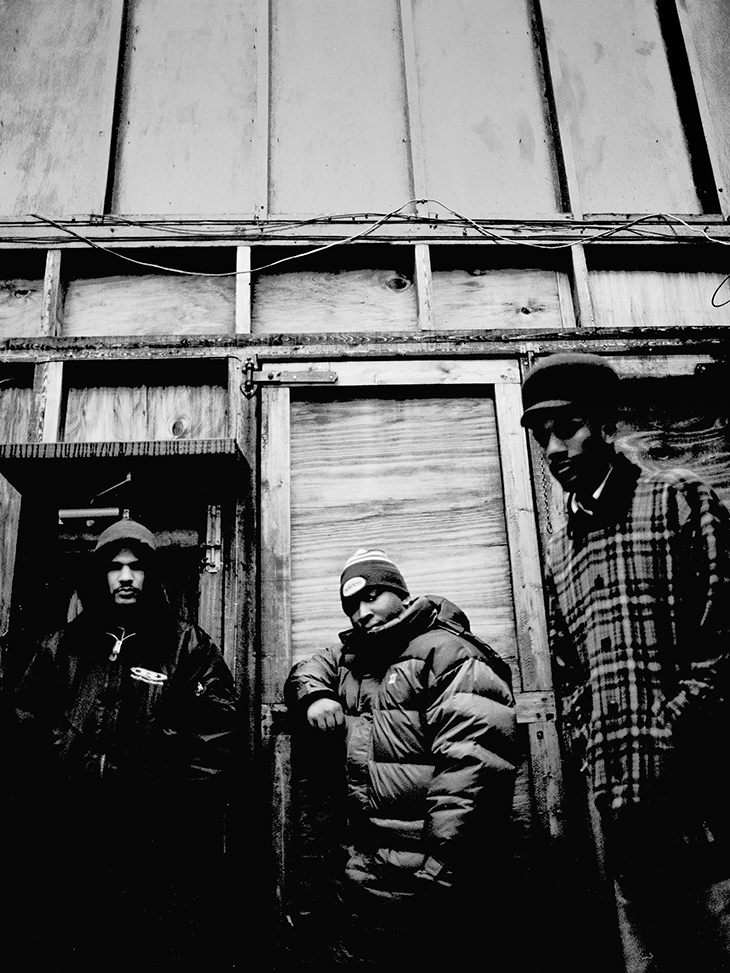
Iain, Marc Mac and Dego from 4 Hero, photographed in 1997 by Eddie Otchere
There’s a certain sadness in looking at Eddie Otchere’s photographs of the early drum & bass scene, published this month in Who Say Reload: The stories behind the classic Drum & Bass records of the 90s (Velocity Press) alongside words from Paul Terzulli and interviews with many of the producers who were at the centre of the emergent scene. Sadness in part because the immediate prospects are so bleak for the dance music sector as a whole, but also because it’s a reminder of how vital and life-affirming the rise of electronic music scenes has been in this country over the past three decades or so, and how much is in danger of being lost.
Otchere has been resident curator of music at the National Portrait Gallery since 2007, and is perhaps best-known for his photographs of hip hop artists in the mid ’90s – Jay-Z, Method Man, Snoop Dogg and Aliyah among the most notable. The pictures here mostly date from 1994–97, though some are from the past few years. One of the quirks of the drum & bass scene is the reverence it has for its early pioneers – look at a line up for a rave in late 2021 and you’ll spot many names that you’d have seen on bills 20 years ago or more. What’s interesting about those early shots, especially the posed ones, is the relative ingenuousness of their subjects – where Method Man, photographed at a similar time, looks absolutely the part, Kenny Ken or Brian Gee seem less at home in front of the camera, trying it on for size and not quite sure where it will take them. Goldie, of course, is an exception – with him, there’s drama in every shot.
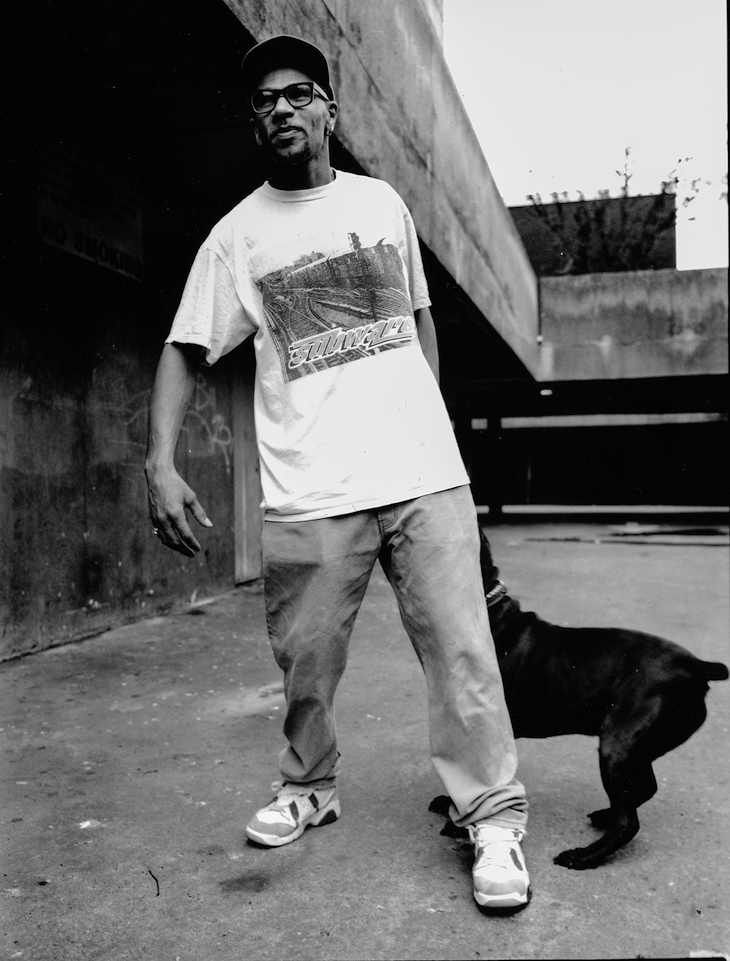
Goldie, photographed in Camden in 1995 by Eddie Otchere
Photographs of the raves themselves are thin on the ground, though those of the last ‘Roast’ event at Stratford Rex in 1997 and ‘Andy C All Night’ at Wembley Arena in 2018 are distinguished by the clothes of their respective eras and the size of the venues rather than the vibe. Skinny (oh so skinny) youngsters with wide eyes rubbing shoulders with the ‘headz’ has always been the way of things, and while the venues may have changed (Bagleys, The End, the Blue Note, Stratford Rex, Turnmills and countless others are no more), the basic premise remains: to lose yourself in the music with countless like-minded souls in a spirit of alliance and joy, and to have frankly incredible amounts of fun while doing it.
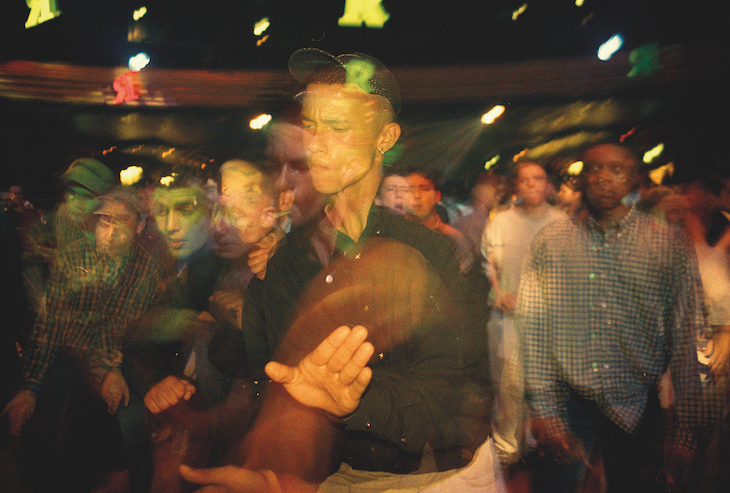
The last Roast event at Stratford Rex in 1997, photographed by Eddie Otchere
My own early encounters with drum & bass took place slightly after the scene really started: ‘Pure Science’ at Maidstone Atomics in 1997–98, ‘Slammin Vinyl’ at Bagleys, ‘Movement’ at Bar Rumba, ‘Warning’ at the Junction in Cambridge, ‘RAM Records’ at the End whenever I could. Latterly, it’s been Andy C at XOYO and ‘True Playaz’ at Fabric – though rarely, sadly. Apart from providing a pure nostalgia kick, Otchere’s photographs capture the promise of that scene so clearly – a sense of people exploring what was possible with this new music and building it from the ground up, and of serious but innocent excitement about its power. You get it from the text here too – as producers talk about what they were doing and why, at a time when they were producing tunes that to this day get some of the biggest reactions in the clubs.
The music itself will survive the pandemic. Of course it will, along with the bedroom studios that are currently producing whatever the next scene will be. For the raves, it seems a longer road back, but these photos are a reminder of how those too were built: people working together and exploring together to find new forms and new modes of expression. No pandemic can stop that.
Who Say Reload: The stories behind the classic Drum & Bass records of the 90s by Paul Terzulli with photographs by Eddie Otchere is published by Velocity Press.
Unlimited access from just $16 every 3 months
Subscribe to get unlimited and exclusive access to the top art stories, interviews and exhibition reviews.

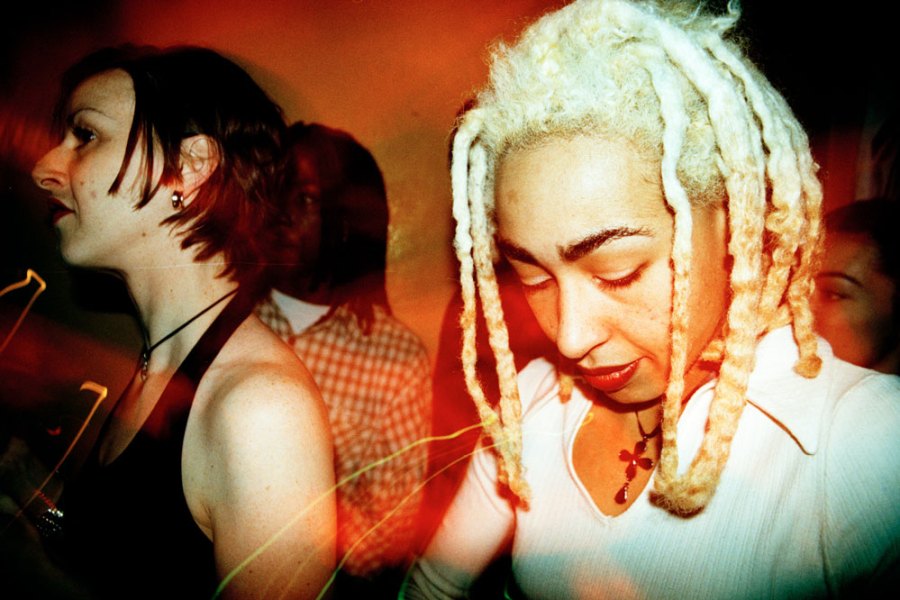
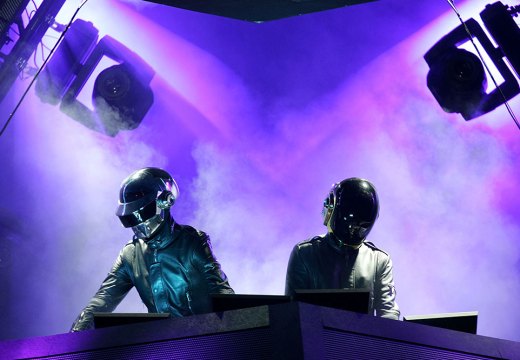
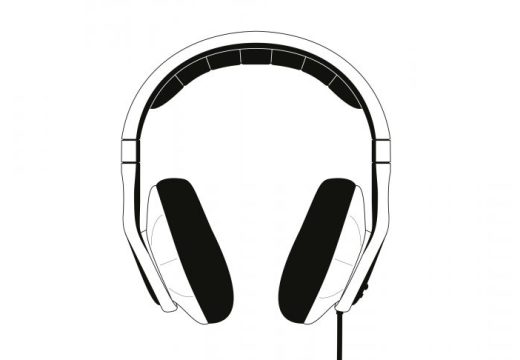
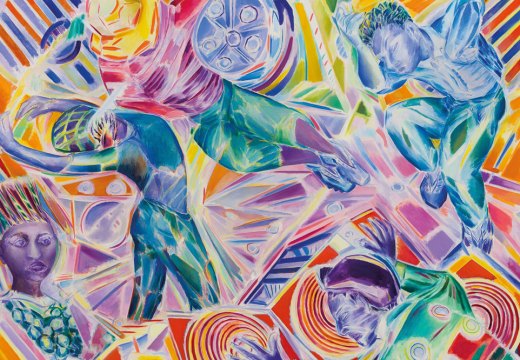









![Masterpiece [Re]discovery 2022. Photo: Ben Fisher Photography, courtesy of Masterpiece London](http://www.apollo-magazine.com/wp-content/uploads/2022/07/MPL2022_4263.jpg)
Has the Fitzwilliam got its rehang right?